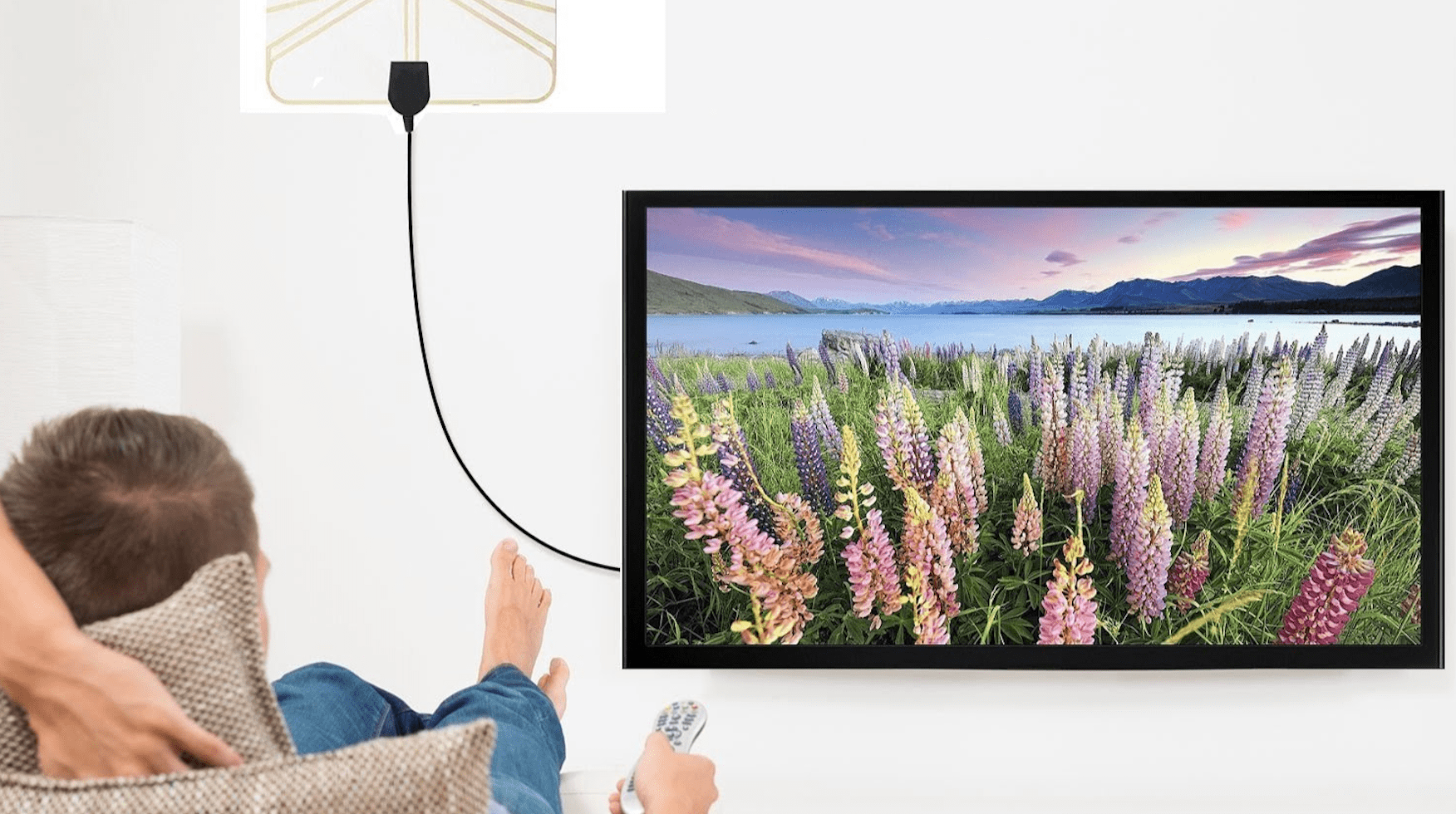You may have recently bought an aerial and want to know how to best install the equipment for smooth, interference-free viewing.
An aerial’s performance depends on type, location and knowing where the nearest transmitter is. More importantly, there are types of aerials that require an installation by a professional.
Here are 3 ways on how to install your aerial for the best signal.
Check the Manual
Contents [show]
The equipment manual will be your guide on how to install the aerial. It will serve as your reference, so keep it handy and within reach at all times.
Aerial Type
Installation is a matter of whether the aerial you bought is indoor, outdoor or loft.
Indoor. The easiest type of aerial in terms of installation and placement. Once it’s out of the box, simply connect the cable to the TV and place it on a table. Getting the best reception is a matter of moving the aerial until you get a clear picture. For the best results, try placing it near the window where there’s no obstruction.
Loft. A loft TV aerial is still an indoor type of equipment, only that it’s placed in the attic. To get the best reception, it’s best to test it out first before leaving it there. Adjust until you get the best picture so you won’t have to do it multiple times.
Outdoor. Outdoor aerials are installed on chimney stacks and roofs and may require the help of a professional. Placement is a matter of finding the nearest transmitter and having the aerial point to that direction.
Find the Best Location
There are online resources and apps that can help you find the nearest transmitter and available channels in your area. Download or visit them using a smartphone or laptop computer. Some of these platforms will even tell you which type of aerial is best to get all available content and broadcast signals.


